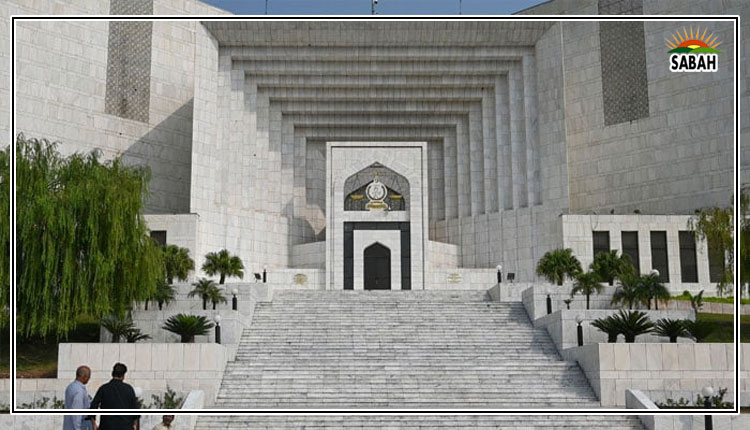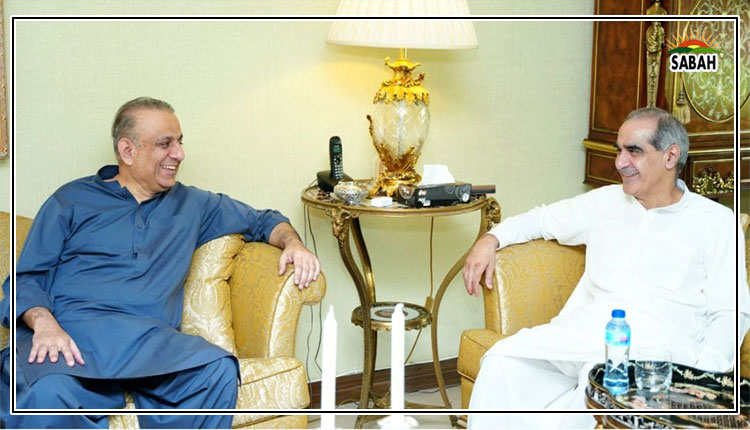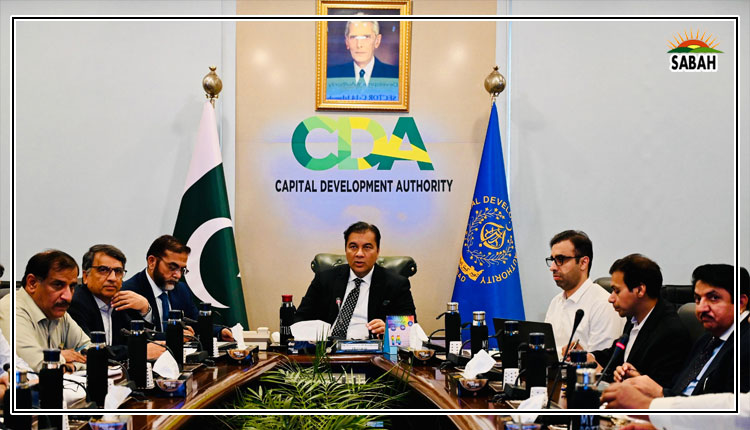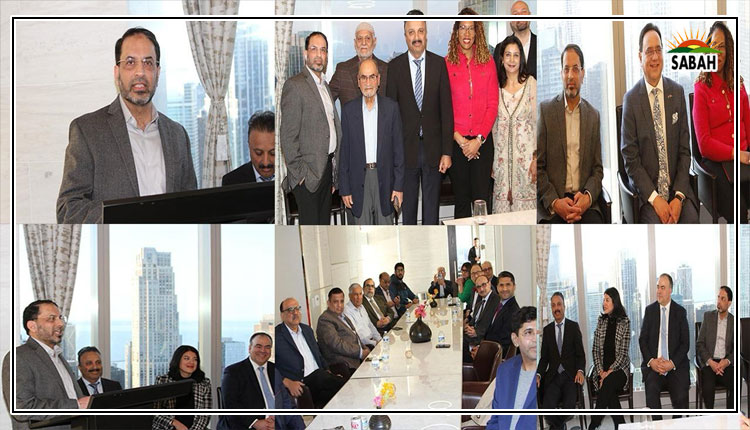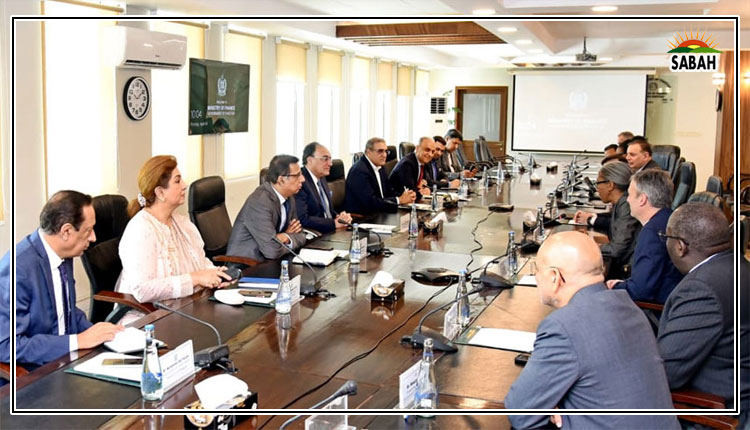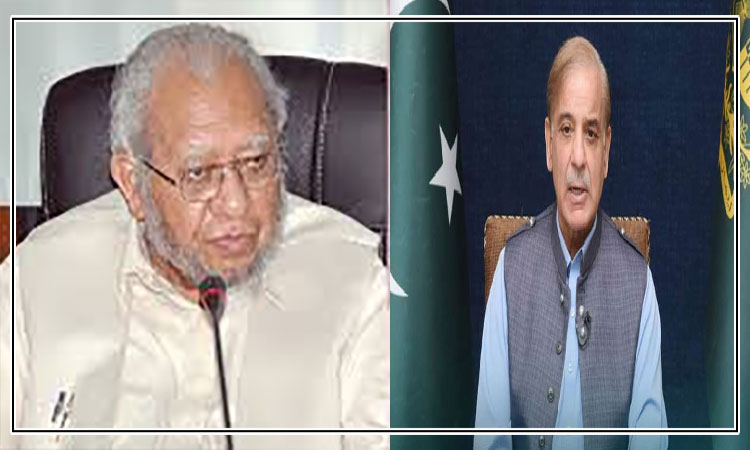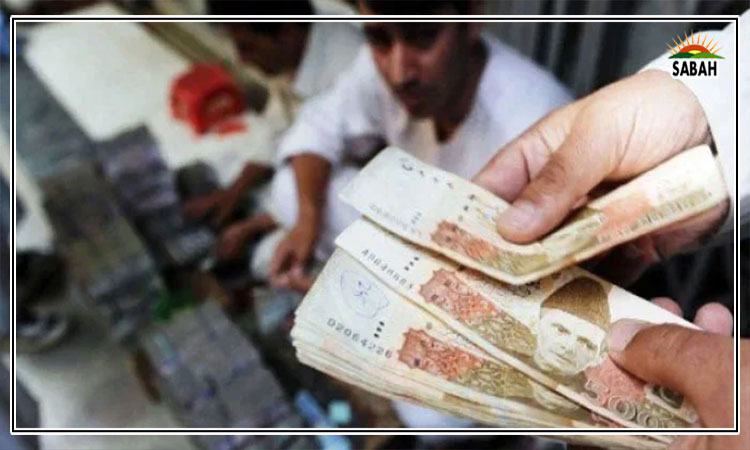This is a budget for the rich ….I Hussain
The major issue with the federal government’s recently announced budget is its failure to convince anyone outside the government’s core supporters that it can achieve its intended results.
Another significant problem concerns fairness. Why should the salaried class, already bearing the bulk of income taxes, be expected to pay even more when those who own the overwhelming majority of the country’s assets, particularly land and property, benefit from tax exemptions?
According to the latest edition of the ‘Pakistan Economic Survey’ published by the government of Pakistan’s finance ministry, the cumulative growth of per capita income between 2017-18 and 2022-23 was 98 per cent. Concurrently, the cumulative growth of the Consumer Price Index (CPI), a measure of inflation affecting the average household, during this same period was slightly less than income growth at 87 per cent, resulting in a meager annual average real per capita income growth rate of just over 1.0 per cent.
The planners need to address how, given the severe recession indicated by the Economic Survey figures for the large-scale manufacturing industry, the government plans to generate a massive 40 per cent increase in tax collections with its heavy reliance on increased direct and indirect taxes? This is like asking a severely dehydrated person to become a blood donor which is unlikely to end up well for the prospective donor should he agree to go ahead.
Another indicator of the country’s recession is the stable exchange rate. Data show that if Pakistan’s GDP grows at 4.0 per cent or more, the Pak rupee tends to depreciate significantly. The rupee’s relative stability compared to the previous year reflects the slowdown in economic activity.
Electricity and gas bills are at rich country levels in a desperately poor country in which the large majority is barely getting by is a cruel imposition. Amidst scorching summer temperatures defaults on payments as well as theft will skyrocket, exacerbating the circular debt issue.
The budget also fails to address the massive level of current government expenditures (debt servicing, defense, etc.) relative to revenue collections.
Between 2017-18 and 2022-23, the annual average growth rate of all government revenue (both tax and non-tax and federal and provincial) was 13.6 per cent (the compounded annual growth rate was 13 per cent). However, the average annual growth in total expenditure for both the central and provincial governments was 16.9 per cent (the compounded annual growth rate was 16.6 per cent). Escalating fiscal deficits of 6.0 per cent of GDP or more are now more the rule than the exception.
On the other hand, development spending is anemic at best. The average annual growth rate of development expenditure was 5.5 per cent between 2017-18 and 2022-23, far lower than the cumulative inflation during this time, meaning that in real terms, development spending has decreased significantly.
Currently, debt servicing (comprising repayments of both interest and the principal amount) is an onerous burden. The country’s debt servicing requirement amounted to 37 per cent of total revenue in 2017-18 but climbed to 63 per cent in 2018-19 and 2019-20. There was a decline to 54 per cent in 2020-21, possibly due to Covid-related relief from international creditors. However, this decrease proved fleeting.
Thus, in 2021-22, debt servicing resumed its upward climb, crossing 61 per cent, and then soaring to a stratospheric 91 per cent in 2022-23. Contributing factors to this latter spike were a State Bank interest rate hike from 13.75 per cent in end-June 2022 to 21 per cent by end-June 2023 and a depreciation of the rupee against the US dollar by about 37 per cent in FY2022. (The nine-month figures for 2023-24 are a continuation of past trends as total debt servicing as a percentage of revenues exceeds 70 per cent).
The current budget projects a fiscal deficit of around 6.0 per cent of GDP. Because of the heavy reliance on borrowing from commercial banks and the public, interest rates should stay elevated keeping private investment subdued with adverse effects on GDP and employment growth.
The need for tax reform has been evident for many decades. For example, in the mid-1980s, two noted public finance experts, Dr Ehtisham Ahmad and Professor Nicholas Stern, conducted a thorough review of Pakistan’s tax system. They recommended that the federal government introduce a Value Added Tax (VAT) on wholesalers that could later be extended to the retail sector. They envisaged a less significant role for customs duties. A VAT system of one or two rates was suggested along with selected excise duties (cement, tobacco, petroleum products) and a strengthened income tax.
The duo also suggested a land tax that the provincial governments could enact with an exemption for land holdings below 12.5 acres. The quality of the land would be assessed by an updated valuation of the traditional standard for measuring land productivity through the prevailing system of ‘Produce Index Units’ assigned to specific parcels of land.
Their proposals were not implemented. However, a modified VAT system was introduced in 1990 called the General Sales Tax (GST) but this failed to achieve its revenue objectives due to poor administration, limited coverage of businesses, and ‘rent-seeking’.
The current proposal to tax agricultural incomes by the provincial authorities is a welcome move to strengthen the finances of the provincial government. However, can this initiative come to fruition?
Most of the large land holdings belong to the political elites of this country with many paying no tax. Getting them to agree to act against their own financial interest without an element of coercion goes against the grain of human nature; otherwise, it would already have happened given the dire need for revenue by the center and the provinces.
What the IMF should have highlighted – but may have avoided doing thus far (at least from the discussions made public) – are the mechanics of implementing an agricultural income tax.
Is there a cadastral survey in place which would be like Google Maps for rural areas? Given that many land holdings are not contiguous, who is going to decide upon land titles? Will it be the village patwari with his musty register containing an illegible scrawl of land ownership or have land titles already been digitized at the provincial level? Can the patwari defy the will of the local landlord given the huge imbalance in their economic and social status?
Even if land titles are set, how is agricultural income going to be measured? On a presumptive basis or on the value of gross output using modern technology such as drones? Who will be exempted from payment and on what criteria? These are issues that make it quite difficult to believe that the agricultural income tax is going to be successfully implemented in Pakistan.
The country cannot get out of the doom loop it is trapped in without a drastic restructuring of its economy that includes at a minimum a rescheduling of its domestic debt (since foreign creditors are unlikely to grant concessions). Foreigners will point to the fact that the Pakistani ruling elites already own billions of dollars of property in Dubai or in foreign bank accounts and therefore any leniency shown will only add to capital flight.
One major reason why many IMF programmes fail to achieve their objectives is that the IMF avoids focusing on political and social issues to avoid offending a member country’s government. The IMF’s policy recommendations, made by a team comprising economists, focus primarily on key macroeconomic variables. These, however, avoid dwelling on the political and cultural realities of a country that influence macroeconomic outcomes.
That is why interdisciplinary teams comprising economists as well as experts from other social science disciplines that can devise plausible alternative economic scenarios have better chances of success.
The writer is a group director at the Jang Group. He can be reached at: iqbal.hussain@janggroup.com.pk
Courtesy The News


